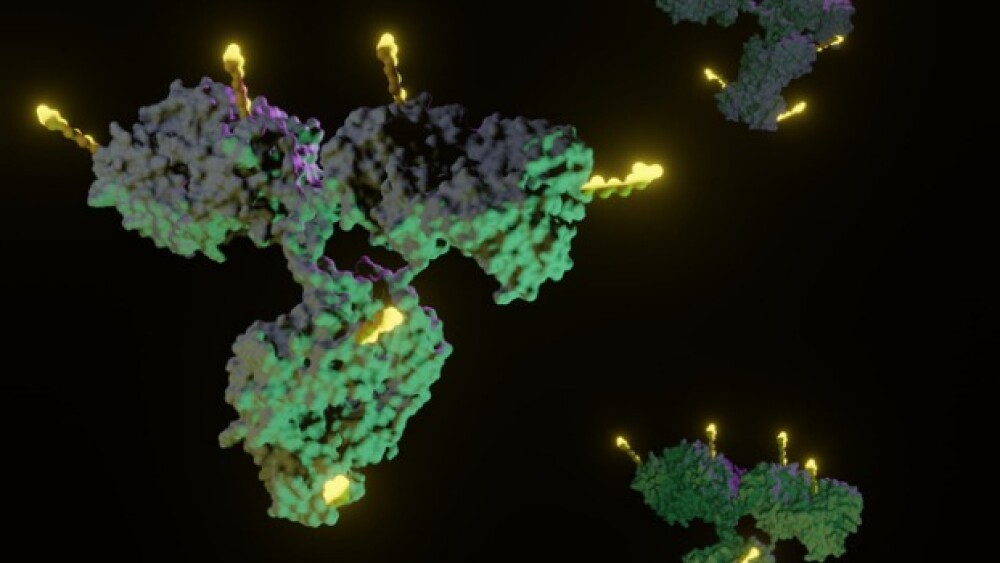Researchers at the Oregon National Primate Research Center at Oregon Health & Science University (OHSU) have discovered one key gene that appears to control how stem cells become various kinds of brain cells. The finding has significant implications for the study of Parkinson’s disease, brain and spinal cord injury, and other conditions or diseases that might be combated by replacing lost or damaged brain cells. The research is published in the current online edition of the medical journal Developmental Biology. “In the early stages of brain development prior to birth, brain stem cells, also known as neural stem cells, will differentiate into neurons,” explained Larry Sherman, Ph.D., an associate scientist in the Division of Neuroscience at the Oregon National Primate Research Center and an adjunct associate professor of cell and developmental biology in the OHSU School of Medicine. “In later stages, these same stem cells suddenly start becoming glial cells, which perform a number of functions that include supporting the neurons. We wanted to find out what factors cause this switch in differentiation. We also wanted to determine if the process can be controlled and used as a possible therapy. What amazed us is that it turns out a single gene may be responsible for this incredibly important task.” The key gene that the scientists studied is called brahma-related gene-1 (Brg-1) that is found in both mice and humans. This protein had been previously studied extensively in human cancers, but not in the nervous system. To determine the precise role of Brg-1, Sherman, in collaboration with Dr. Steven Matsumoto from the Integrative Biosciences Department at the OHSU School of Dentistry, bred mice lacking the gene in the nervous system. This resulted in the development of embryos with smaller brains containing neurons but virtually no glial cells. When they isolated neural stem cells, placed them into cell culture and then removed Brg1, the cells in the culture turned into neurons but failed to differentiate into glia.




